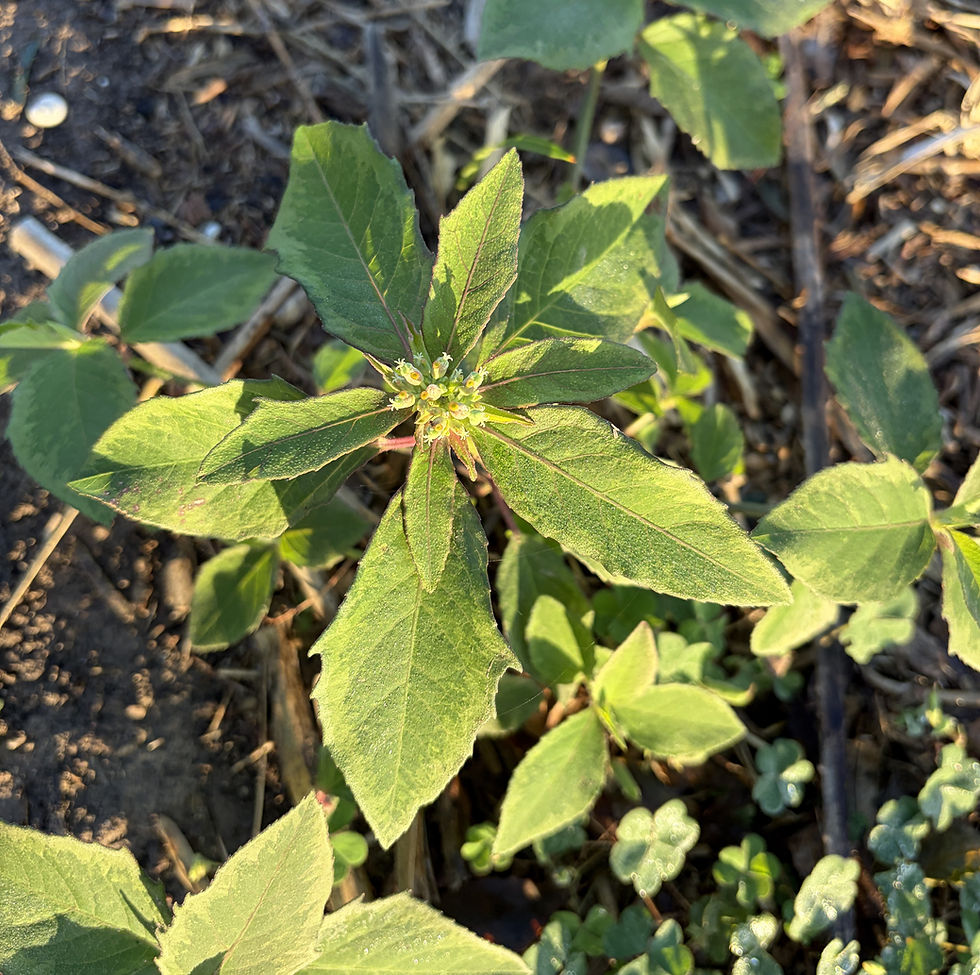Cooler temps -- it’s time to plant
- jjvanm
- Dec 4, 2022
- 4 min read
-- Consider a Bat Garden!

Published December 3, 2022 in the McAllen Monitor.
Story and photos by Anita Westervelt, Texas Master Naturalist
There are all sorts of things to think about when designing a specialty garden or adding to an existing butterfly, pollinator, or native plant garden. While you are dreaming up your new plant list, consider a few bat-friendly plants.
Plants to ultimately attract bats, that is. Bats are important beneficial mammals. Texas has more bat species than any other state: 33 of the 43 species found in the United States. Some bats feed on nectar but most of the bats in the Valley are insectivores.
Mexican free-tailed bats, Tadarida brasiliensis, also known as Brazilian free-tailed bats, are the most common throughout Texas and in the Valley. In most of the state, they are migratory and spend winters in caves in Mexico. Where the climate is mild and food is available, bats may not migrate or hibernate.
Mexican free-tailed bats are aerial insectivores; they use echolocation to find and consume night-flying prey while they, too, are on the wing. Their diet mainly includes night-flying insects, like moths, beetles, June bugs, dragonflies, true bugs, and flying ants.

Whether bats are in the Valley during the winter doesn’t matter, winter is the best time to plant, when temperatures are cooler, and plants have an easier time getting established.
You may already be providing food for bats if you have Texas ebony, hackberry, anacua and mesquite trees – Valley favorites that attract a great variety of native insects. Moths and other nighttime pollinators are also attracted to flowers that are white or very light in color and to fragrant flowers and plants.
Consider adding insect-attracting plants to your landscape to benefit bats, like yellow sophora, Sophora tomentosa, a rounded shrub with long-blooming flowers. Brush holly, Xylosma flexuosa, a tall, slender, thorny shrub that blooms throughout the year with small white flowers. Rose pavonia, Pavonia lasiopetala, is a four-foot tall, shrub-like perennial with small pink, hibiscus-like flowers that blooms nearly all year.

Moth larval plants add variety to a garden and help keep a continual supply of moths, like Berlandier’s trumpets, Acleisanthes obtuse, an easy to grow, white-flowered vine that blooms year-round. Let it travel up a tree trunk, or sprawl on the ground; a host plant for sphinx moths, its flowers open in the evening and close before sunup. Night-flying click beetles feed on nectar and pollen, so this vine is an important night blooming plant for insects, too.

Sacred Datura, Datura wrightii, attracts large and interesting insects both day and night. It is a small shrub-like plant with big white, trumpet shaped flowers that open through the night. It hosts Carolina sphinx, pink-spotted and five-spotted hawkmoths.

Blue mistflower, Chromolaena odorata, does double duty. It blooms in fall, providing nectar for numerous butterflies and insects. It is a larval host plant to the night-flying yellow-winged pareuchaetes and Gaudy Sphinx moths.

Many night flying insects, like the Texas-eyed click beetle, hide out during the day in dense, bushy plants and vegetative debris under plants. Downed tree branches, tucked under shrubs and left to decay make good cover and breeding grounds for insects, too.

Sidebar
Valley bats live high in a variety of places
by Anita Westervelt, Texas Master Naturalist
Bats usually roost in groups from 100 to more than a thousand individuals; some species are solitary. Bats live in hollow trees, tree cavities, crevices under bridges and caves in certain parts of the state. They are especially fond of palm trees when the palm skirt is allowed to remain.
Bats emerge from their roost en masse just before dark to feed, they may return for a brief rest after several hours and then head out a second time before going back to the roost one by one, just before dawn. Other than owls, hawks and snakes, bats have few natural predators.
Besides the Mexican free-tailed bat, these four bat species are among those known to be in the Valley:
Southern yellow, Lasiurus ega, a bat typically on our Southern Texas Plains and Gulf Coastal Plain. They possibly remain year-round. Their diet is small- to medium-sized flying insects.
Northern yellow, Lasiurus intermedius, a solitary bat, prefers roosting in trees near permanent water in Spanish moss or palm trees. They feed on leafhoppers, flies, mosquitoes, beetles, flying ants and occasional damselflies and dragonflies. They are non-migratory but may go into torpor during extreme winter weather. At dusk, they can be seen feeding around streetlamps and over open areas, like golf courses.
Silver-haired, Lasionycteris noctivagans, hunt for soft-bodied insects, like moths and spiders by foraging low to the ground, unlike many other bats. They also eat flies, midges, leafhoppers, moths, mosquitoes, beetles, crane flies, lacewings, caddisflies, ants, crickets and agricultural pests.
Hoary bats, Lasiurus cinereus, also solitary, hunt for prey while flying over wide-open areas or lakes, feeding on moths, beetles, flies, crickets and true bugs.
Other local night-flying insects to round out a bat’s diet include mayflies, grasshoppers, antlions, katydids, male fireflies and long-horned beetles.
Most bats cannot take flight from the ground. They must drop two or three feet before they can fly. Bats are sometimes found on the ground during the day. If uninjured, it is recommended to pick it up with a t-shirt like fabric, secure the fabric – bat and all, on a palm or tree trunk or branch, as high as possible. It is a good idea to wear gloves when attempting to assist wildlife. Brownsville’s Gladys Porter Zoo is the only wildlife rescue and rehabilitators for injured wildlife in the Valley.
- 30 -





